Ten Ryaku no Maki (Principles of Heaven)
Taihenjutsu Ukemi Kata (Passive Defense Body Form)
Mae Gaeshi (Forward Techniques)
Zenpo Kai Ten (Forward Rolling)
- Ryuto Two hands
- Katate One hand
- Mute No hands
- Hicho Driving forward
- Ryote Zenpo Tenkai/Kuten Two hands forward handspring
- Katate Zenpo Tenkai/Kuten One hand forward handspring
- Natural applications
Yoko Gaeshi (Lateral Techniques)
Sokuho Kai Ten (Lateral Rolling)
- Ryuto Two hands
- Katate One hand
- Mute No hands
- Hicho Driving laterally
- Ryote Sokuho Tenkai/Oten Ryote Two hands lateral handspring
- Katate Sokuho Tenkai/Oten Katate One hand lateral handspring
- Natural applications
Ushiro Gaeshi (Backward Techniques)
Koho Kai Ten (Backward Rolling)
- Ryuto Two hands
- Katate One hand
- Mute No hands
- Hicho Driving backwards
- Ryote Koho Tenkai Two hands backward handspring
- Katate Koho Tenkai One hand backward handspring
- Natural applications
Zenpo Ukemi (Forward Receiving Body)
Suwari (Kneeling)
- Ryote Two hands
- Katate One hand
Tachi (Standing)
- Ryote Two hands
- Katate One hand
Natural Applications
Nagare (Flowing Water)
- Tachi Standing
- Yoko Lateral
- Jun Forward
- Gyaku Reversed
- Tomoe Crescent drop
- Kuruma Rolling drop
- Natural Applications
Shi Ho Ten Chi Tobi (Four Directions High and Low Jumps)
- Forward
- Backwards
- Right Side
- Left Side
- Ten – Heaven, high
- Chi – Earth, low
Sho Ten no Jutsu (Techniques for Climbing to Heaven)
- The body momentum and balance are used to permit running up vertical surfaces such as trees, walls, fences or even people.
Ho Ko Jutsu (Walking Techniques)
- Soku Shin So Soku Ho Lateral crab running
- Hyo Jo Ho Ko Running on ice or slick surfaces
- Mu On No Ho Silent running
Shizen Gyo Un Ryu Sui (Moving in Harmony with Force)
- Total body movement is refined for grace and naturalness in all actions. Power becomes a result of mere movement, evasiveness is a result of mere adjustment of body position.
Ken Tai Ichi Jo (Body and Weapon are One)
- The entire body movement and energy is used behind a punch. Just moving the body makes the punch devastating. There is no need to rely on muscle tension.
Sanshin no Kata/Shoshin Go Kei Gogyo no Kata (Three Hearts Forms/Beginner’s Mind Five Element Types Forms)
- Chi no Kata Earth Form
- Sui/Mizu no Kata Water Form
- Ka/Hi no Kata Fire Form
- Fu/Kaze no Kata Wind Form
- Ku no Kata Void Form
Kihon Happo Kata (Eight Basic Ways Form)
Koshi Kihon Sanpo no Gata/Ki Gata (Three Basic Striking Methods Forms/Energy Forms)
- Ichimonji no Kamae One Character Posture
- Hicho no Kamae Crane Posture
- Jumonji no Kamae Cross Posture
Torite Kihon Gata Go-Ho (Five Fundamental Hand Capture Forms)
- Omote Gyaku Outside wrist twist
- Omote Gyaku no Tsuki Outside wrist twist punch
- Ura Gyaku Inside wrist twist
- Musha Dori “Capture the warrior” folded elbow lift
- Muso Dori/Jigoku Dori or Ganseki Nage “Twin warrior capture” outside arm bar or Big rock throw
Kyu Ho no Kamae (Nine Postures)
Ichimonji no Kamae (One Character Posture)
Ichimonji no Kamae (One Character Posture) – The hand is not quite as outstretched as Bobi no Kamae, and the fingers point at the opposite shoulder, blading the arm to the opponent. The fist is tucked behind and concealed the lead hand elbow. The name is derived from it’s resemblance to the character “ichi” as it is written in Japanese.
Hicho no Kamae (Crane Posture)
Hicho no Kamae (Crane Posture) – It derives its name from the image of a crane perched. The upper portion of the body is the same as Ichimonji no Kamae. The orientation of the feet is also the same, except the heel of the lead foot is pressed into the top of the calf. The knee is pointed directly at the opponent. The posture is specifically for delivering an explosive kick.
Jumonji no Kamae (Cross Posture)
Jumonji no Kamae (Cross Posture) – It is named for the crossing of the arms in front of the chest. This is also similar in appearance to the kanji “ju” which in itself means “10”. The hands are held in boshiken/shitoken in preparation for striking. The feet are in alignment.
Doko no Kamae (Angry Tiger Posture)
Doko no Kamae (Angry Tiger Posture) – It’s almost the same as Ichimonji no Kamae, except that the rear fist is raised straight up from the shoulder such that the bottom of the fist is at the same level as the top of the head. Alternatively, the rear hand can be held on the opposite side of the head, depending on the subsequent attack.
Shizen no Kamae (Natural Body Posture)
Shizen no Kamae (Natural Body Posture) – It’s a combat stance of readiness. he feet are spread apart at the width of the shoulders. Knees are slightly bent, head and neck erect.
Hira Ichimonji no Kamae (Flat One Character Posture)
Hira Ichimonji no Kamae (Flat One Character Posture) – This posture has the arms extending to the sides, and the hands are held in knife-hand palm out. The hands themselves should be at the edge of your peripheral vision. The bottom portion is the same as Jumonji no Kamae. Some other ryu-ha reference this kamae, except the have the hands at the hips – especially when dealing with attacks with swords.
Hoko no Kamae (Encircle Posture)
Hoko no Kamae (Encircle Posture) – Sometimes referred to as the “Angry Bear Stance” due to it’s resemblance of a bear standing, is similar to Hira Ichimonji no Kamae, except the hands are held above the head, and the palms slightly turned in.
Kosei no Kamae (Offensive Posture)
Kosei no Kamae (Offensive Posture) – Sometimes incorrectly referred to as “Dispersing Fog Posture”, is used for immediate attack. Like Hoko no Kamae, one hand is held up except above the brow. The other hand is held in a fist around the chest. The idea of this posture is to stop a potential attack, while delivering a counter attack.
Fudoza no Kamae (Warrior Sitting Posture)
Fudoza no Kamae (Warrior Sitting Posture) – Seat on your left leg and leave the right leg in front.
Taihenjutsu Muto Dori no Kata (Changing Body Technique for Disarming Armed Attackers Forms)
- Hira no Kamae First Flat Posture
- Ichimonji no Kamae One Character Posture
- Jumonji no Kamae Cross Posture
Ho Ken Ju-Roppo (Sixteen Striking Treasures)
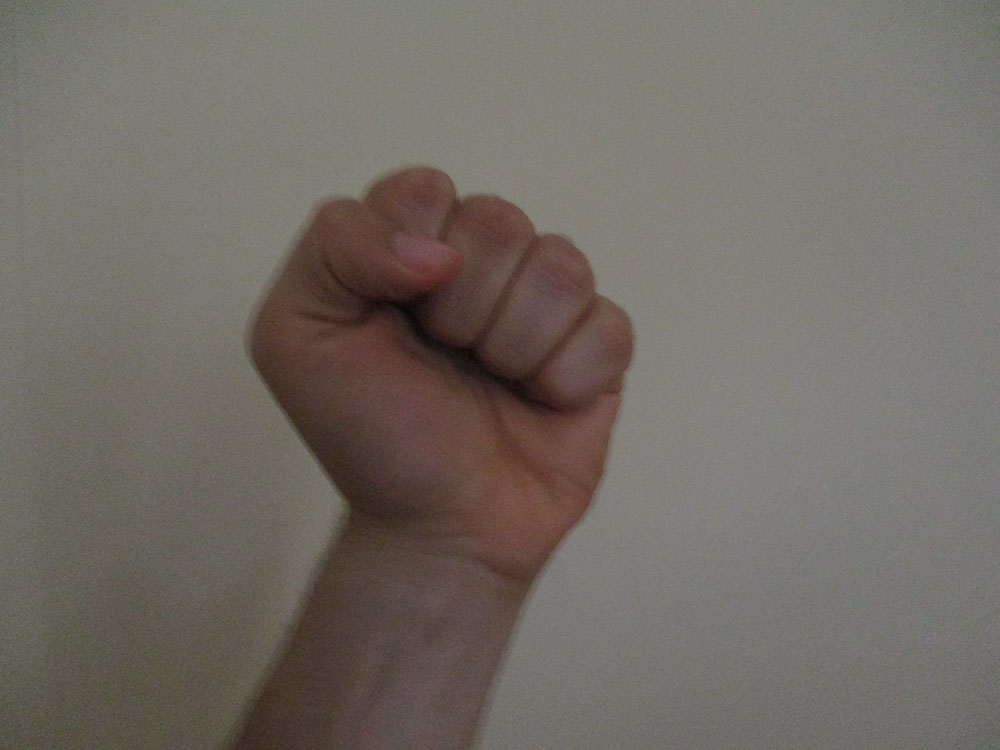
Fudo Ken/Kongo Ken (Immovable Fist)
It’s a standard fist; the fingers are coiled and clenched into the palm, and the thumb is folded over the index and middle finger.
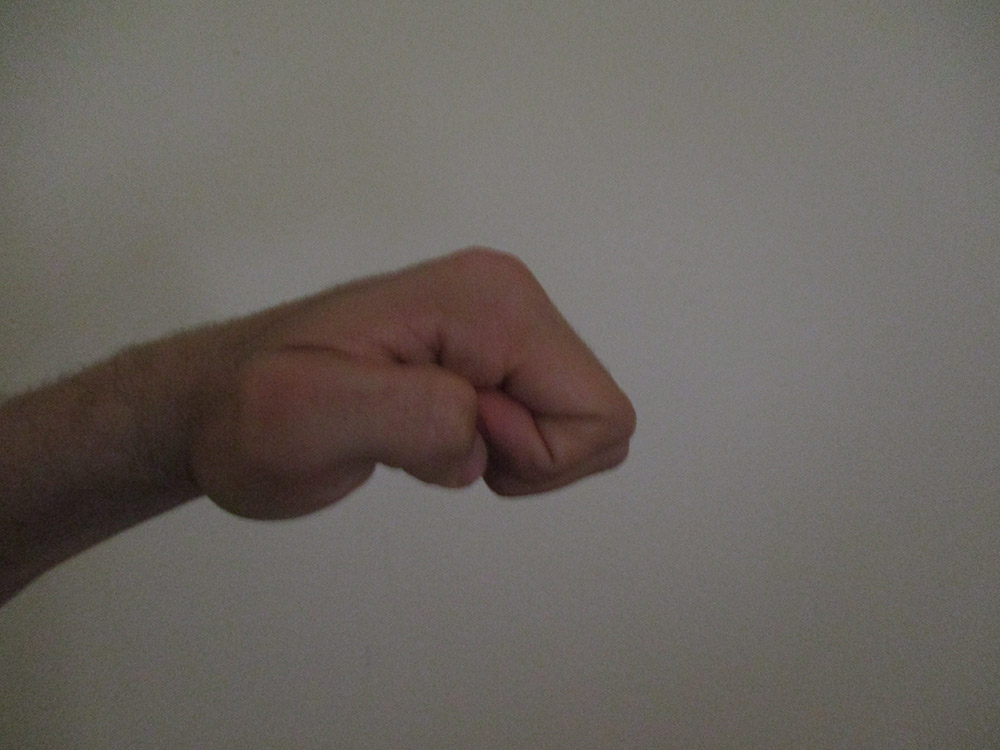
Shikan Ken (Finger Ring Fist)
Similar to a Fudo Ken/Kongo Ken, the Shikan Ken has the first knuckle of the fingers extended, while the thumb is tucked behind the second knuckle of the index and middle finger.
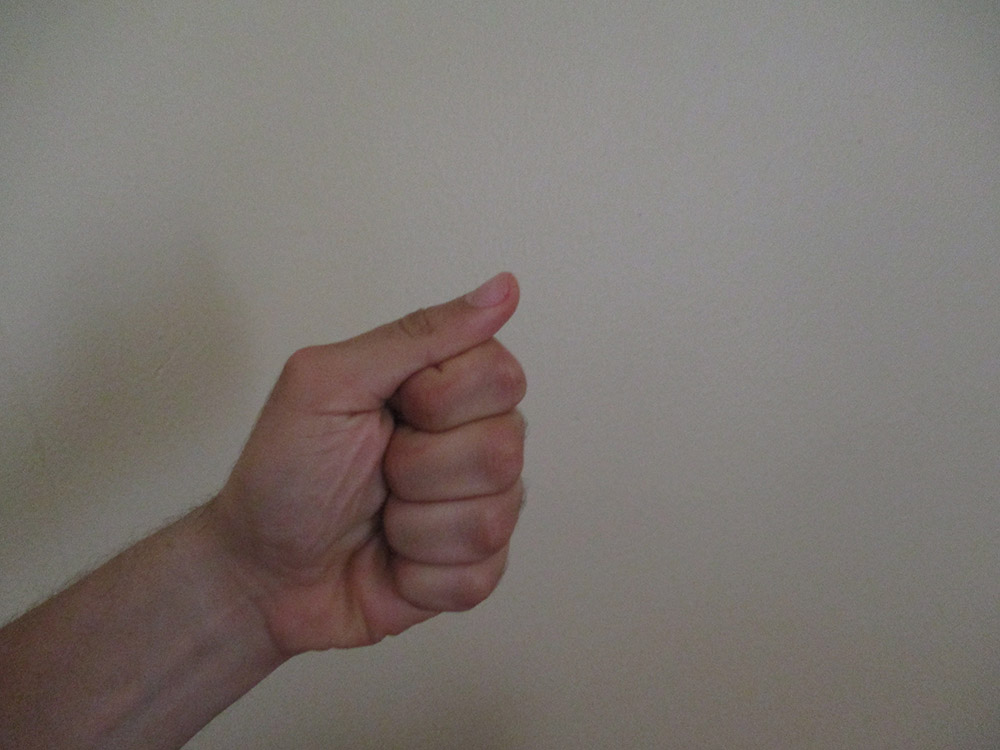
Shito Ken/Boshi Ken (Finger Blade Fist/Blade-Tip Fist)
Shito Ken/Boshi Ken uses the tip of the thumb to strike; from a Shikan Ken, move the thumb and press upon the outside of the first knuckle of the index finger, slightly protruding beyond the knuckle.
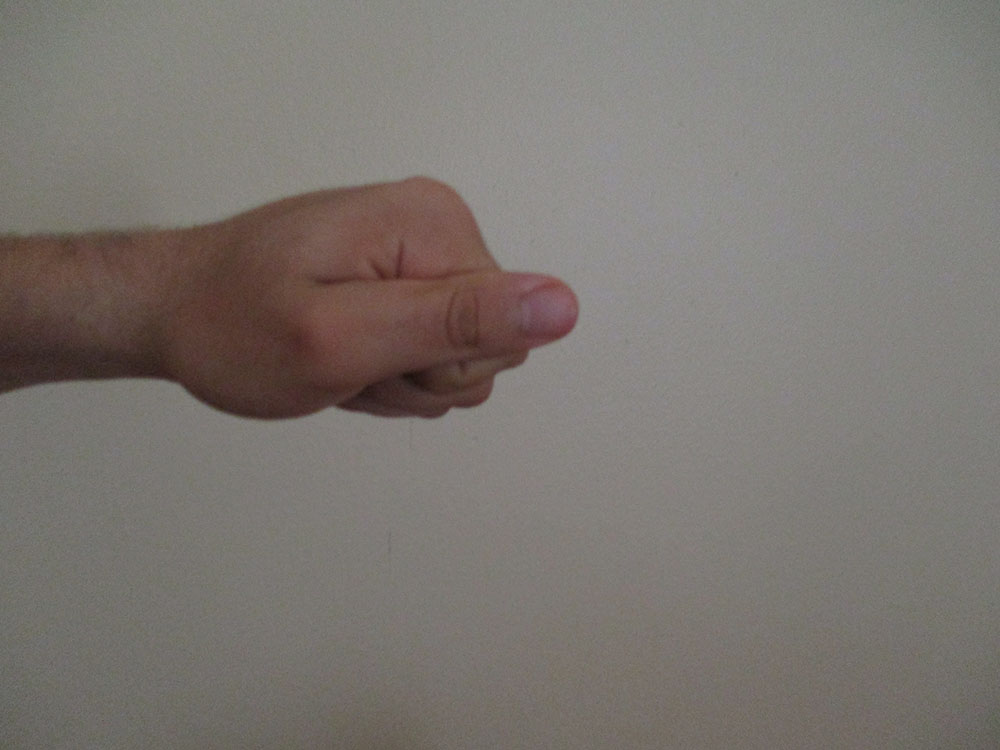
Koppo Ken (Bone Method Fist)
The fist of a Koppo Ken is virtually identical to a Shito Ken, except the protruding thumb knuckle is used to strike.
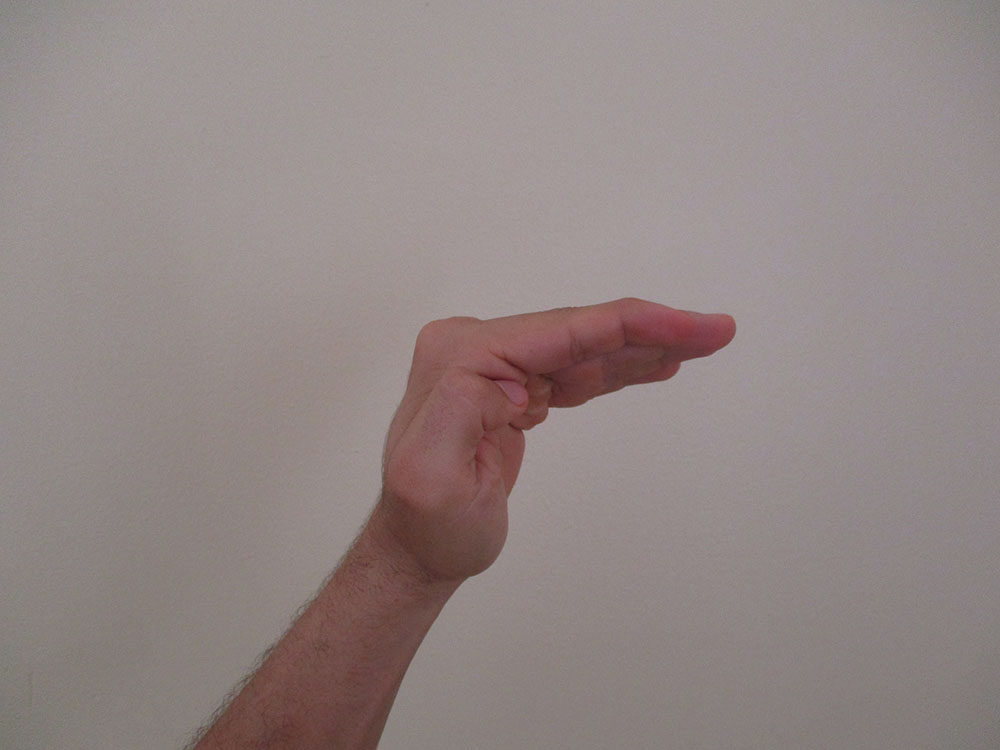
Kiten Ken/Shuto (Cause Rolling Fist/Knife-hand)
Kiten Ken/Shuto uses the edge of the hand to strike. The fingers are bent 90 degrees and the thumb is pressed into the first knuckle of the index finger. The pinky-side edge of the hand is used to strike.
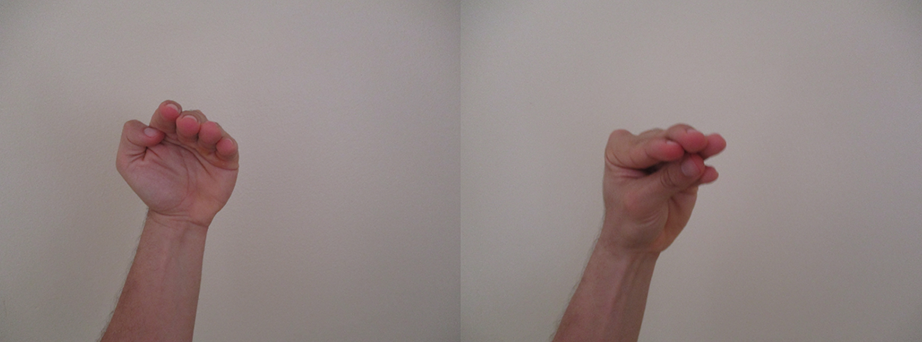
Shi Tan Ken (Finger End Fist)
Virtually the same as a Kiten Ken/Shuto, the tips of the fingers are used to strike. A variation of this is to fold the pinky and thumb inward to form a San Shi Tan Ken.
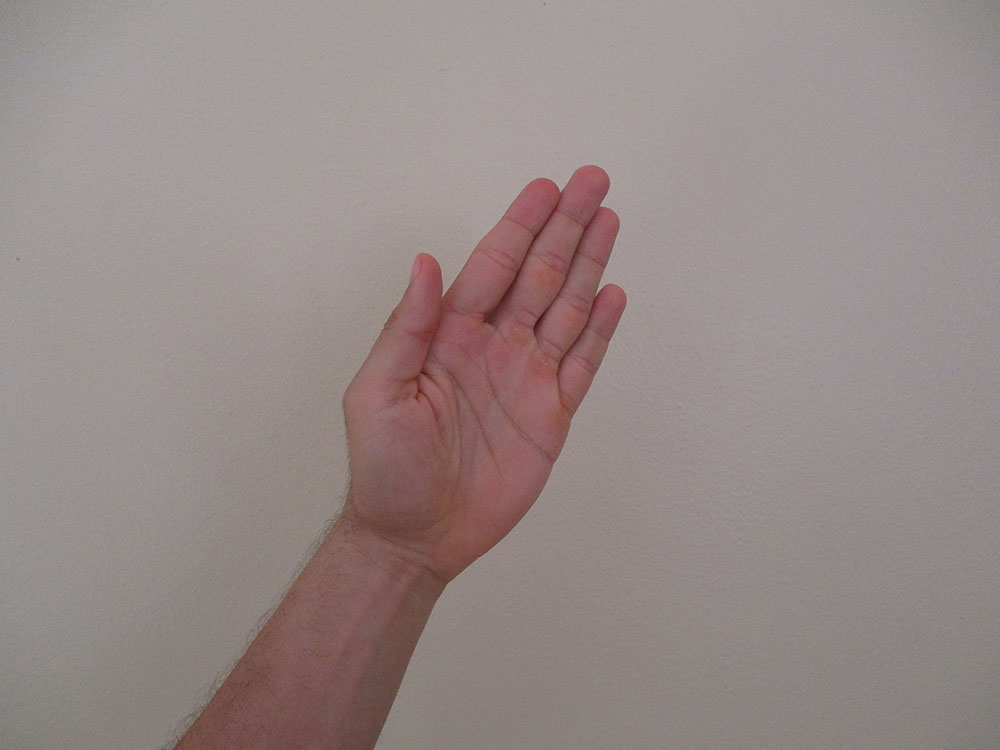
Happa Ken (Eight Leaf Fist)
Happa Ken uses the palm of the hand to strike/slap.
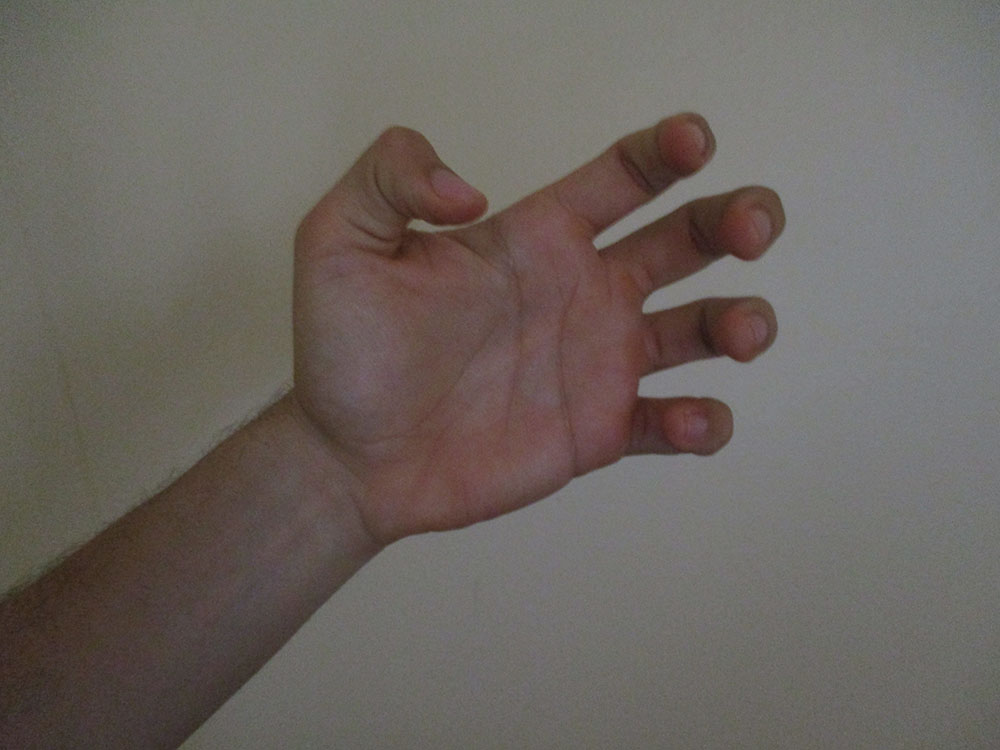
Shako Ken (Mantis Crab Fist)
The name Shako Ken is derived from the Mantis Crab, known for it’s ability to cut skin. The hand is in a claw shape, and when striking is used to grab and tear flesh.
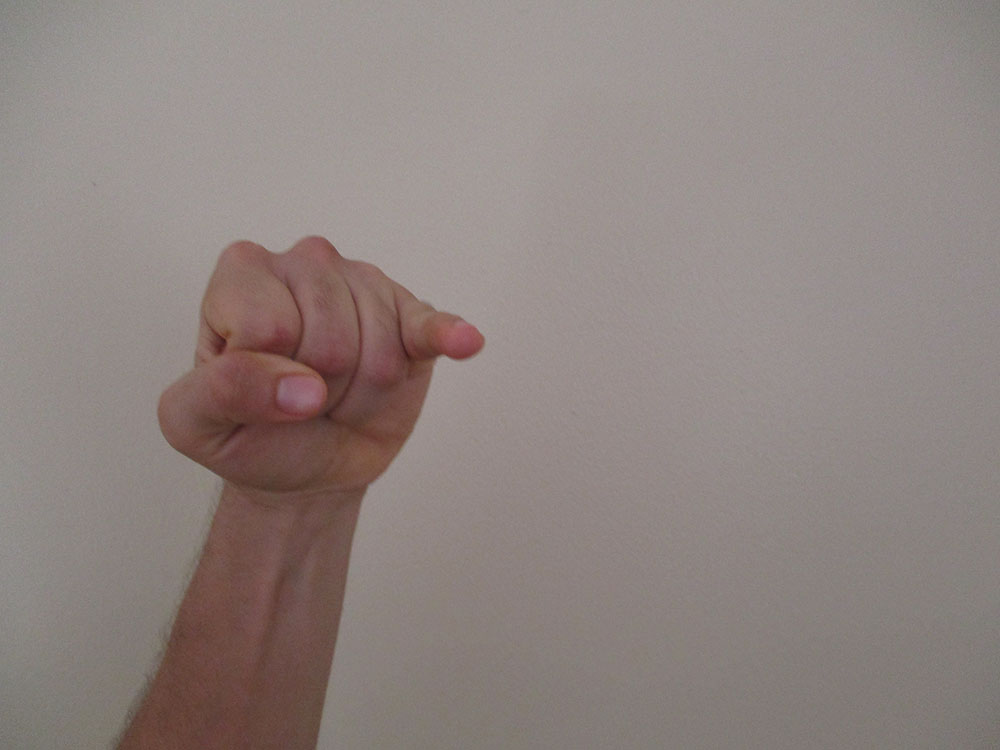
Shi Shin Ken (Finger Needle Fist)
It consists of using an individual finger to strike – typically and orifice or area of soft tissue.
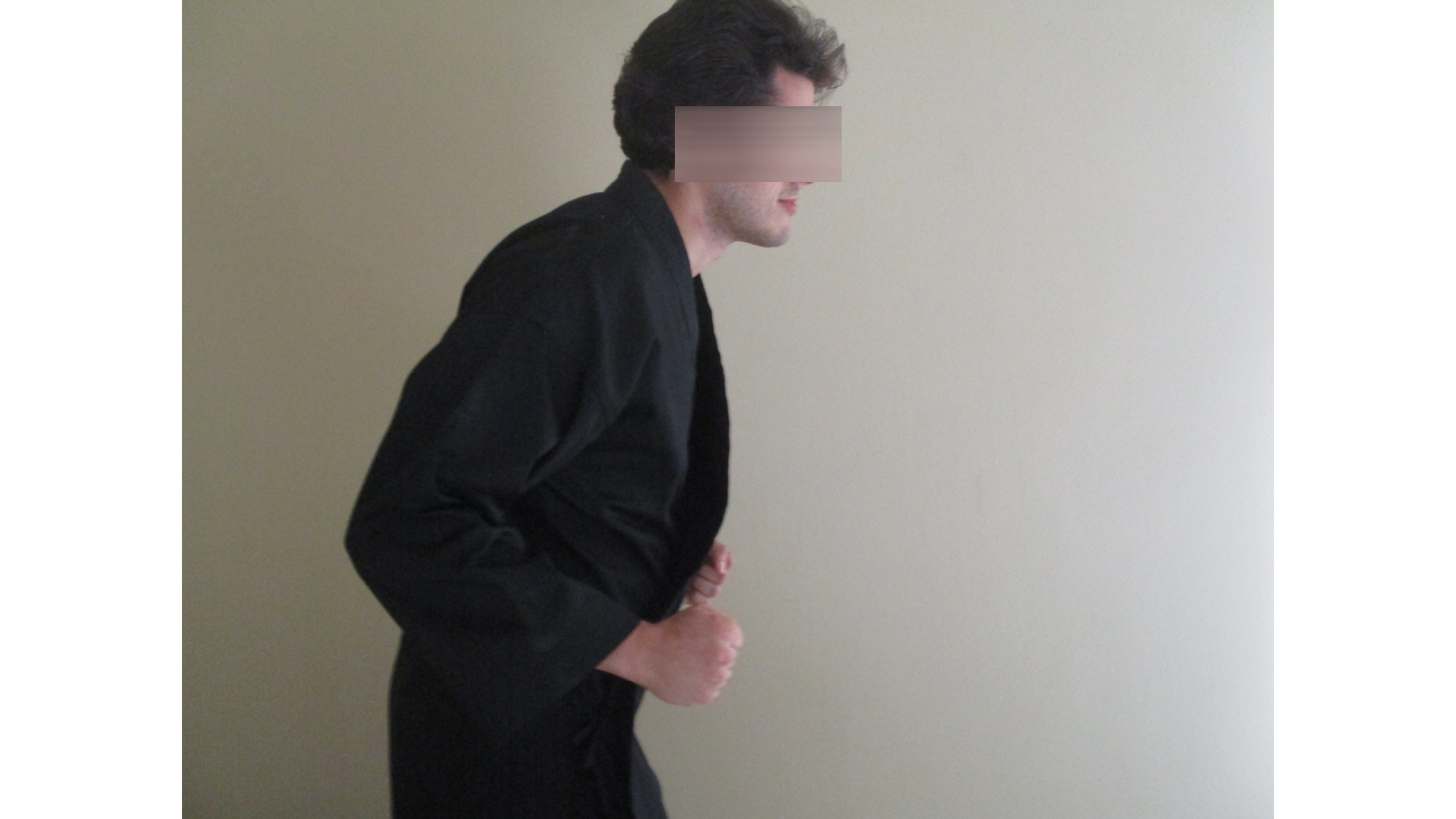
Kikaku Ken/Zu Tsuki (Demon Horn Fist)
Kikaku Ken uses the crown of the head to strike. The body is used to propel the strike while the neck is held in alignment to prevent injury/whiplash.

Shuki Ken (Waking Arm Fist)
Shuki Ken uses the pad of the elbow to strike a target.
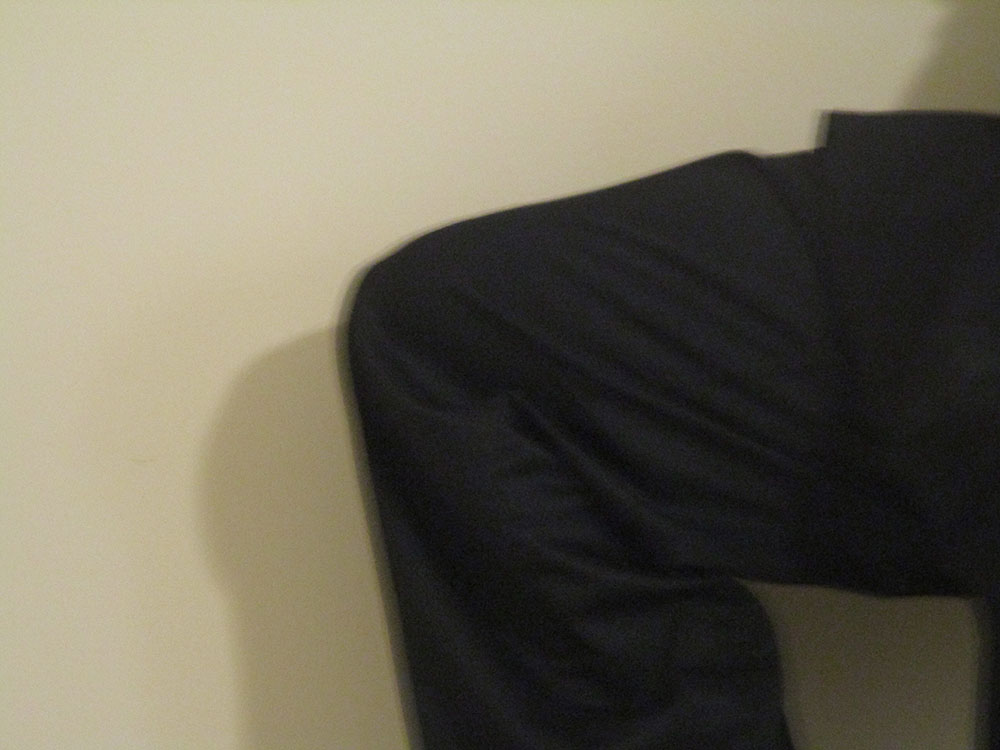
Sokki Ken (Foot Raised Fist)
Sokki Ken uses the knees to strike.
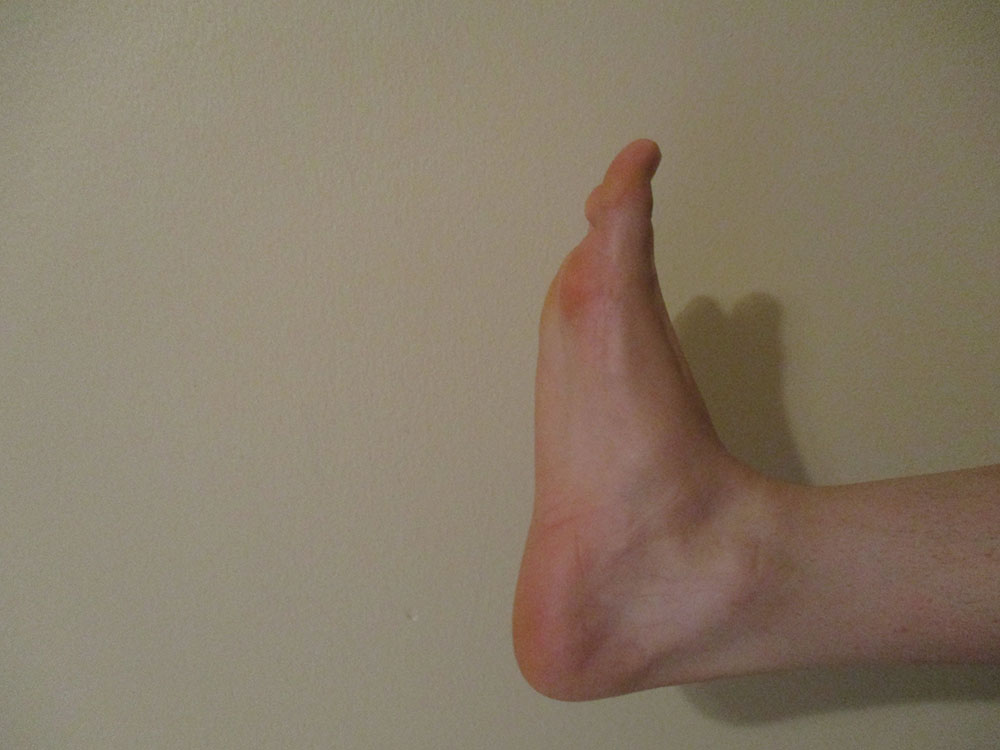
Soku Yaku Ken (Foot Jump Fist)
Soku Yaku Ken uses the sole of the foot – particularly the heel – to strike.
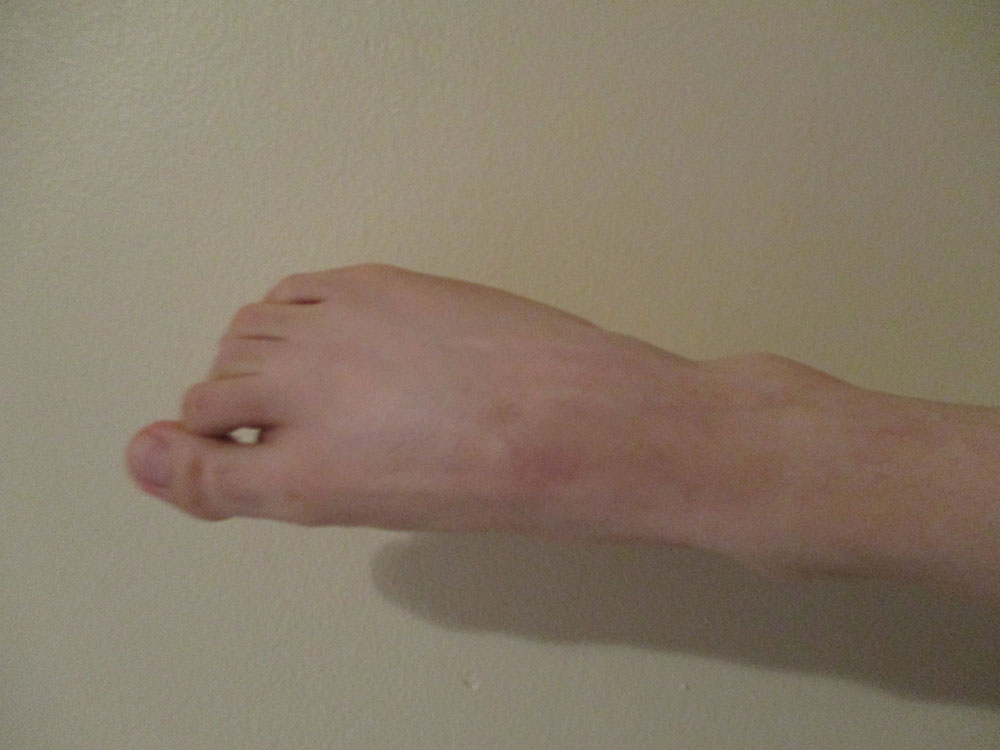
Soku Gyaku Ken (Foot Reverse Fist)
Soku Gyaku Ken uses either the toes or the instep/bridge of the foot to strike.
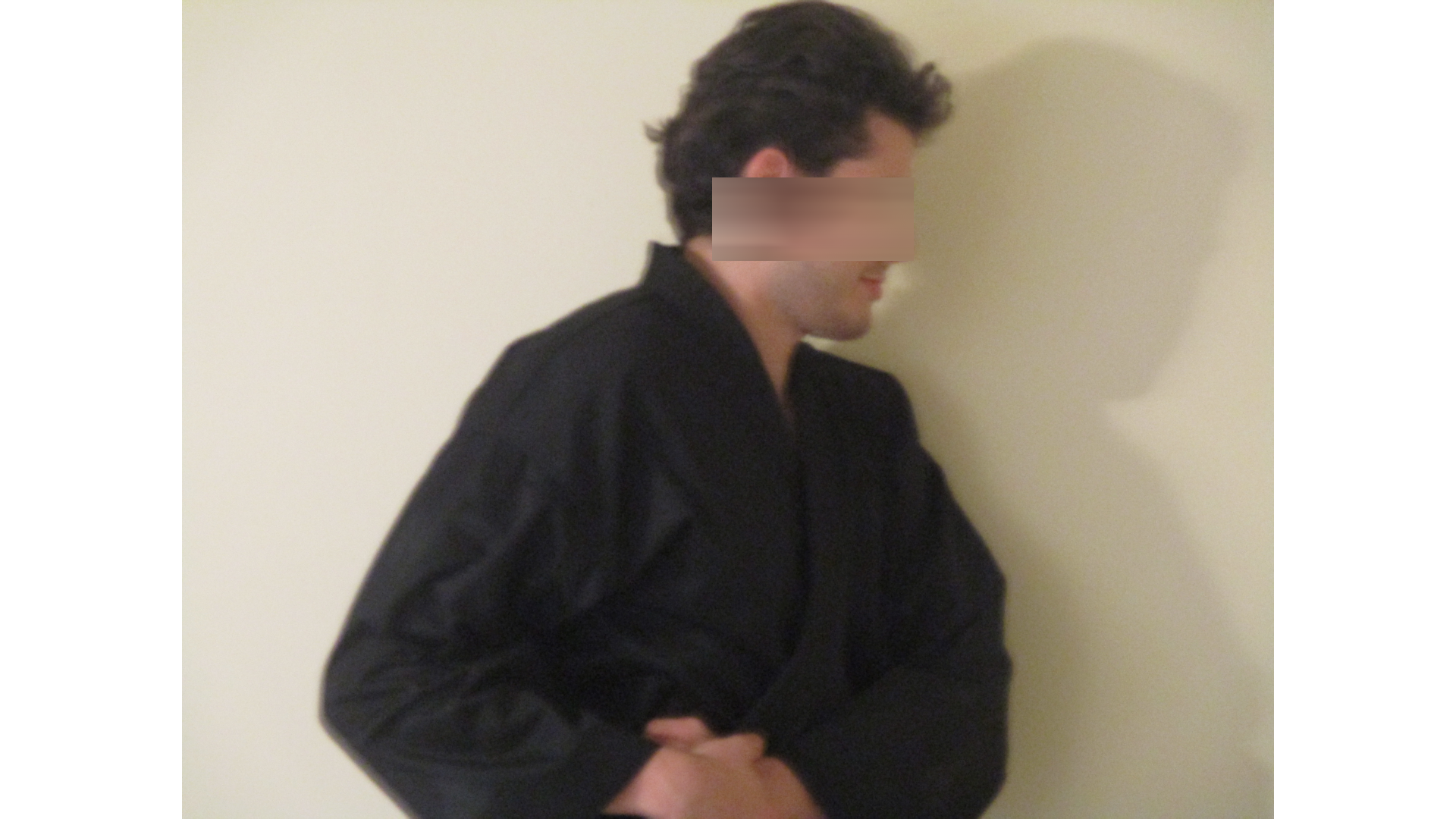
Tai Ken (Body Fist)
Tai Ken is where the body is used to strike, such as the shoulders or hips.
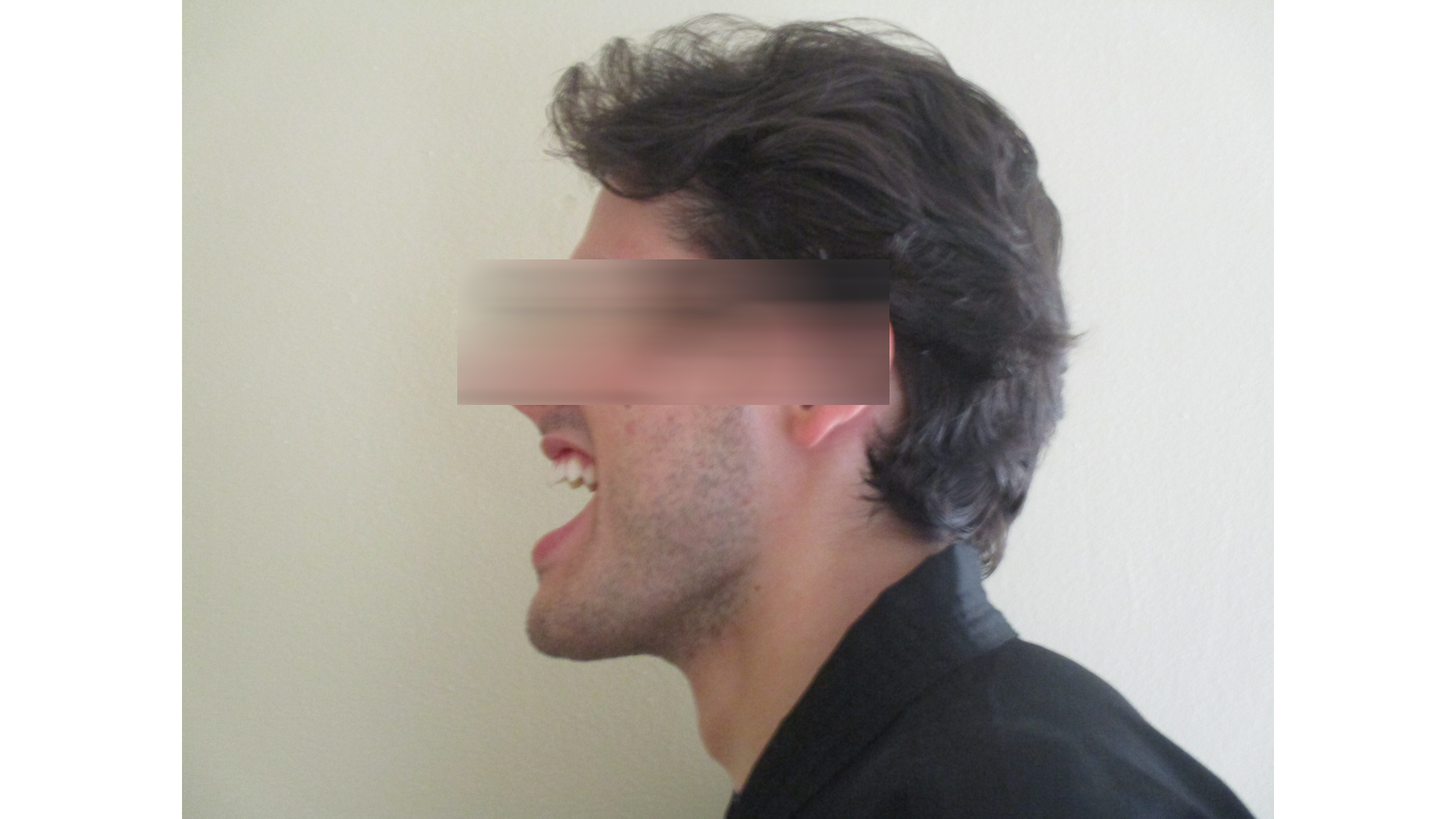
Shizen Ken (Natural Fist)
Shizen Ken are natural variations to the kens, as well as including biting and scratching.
